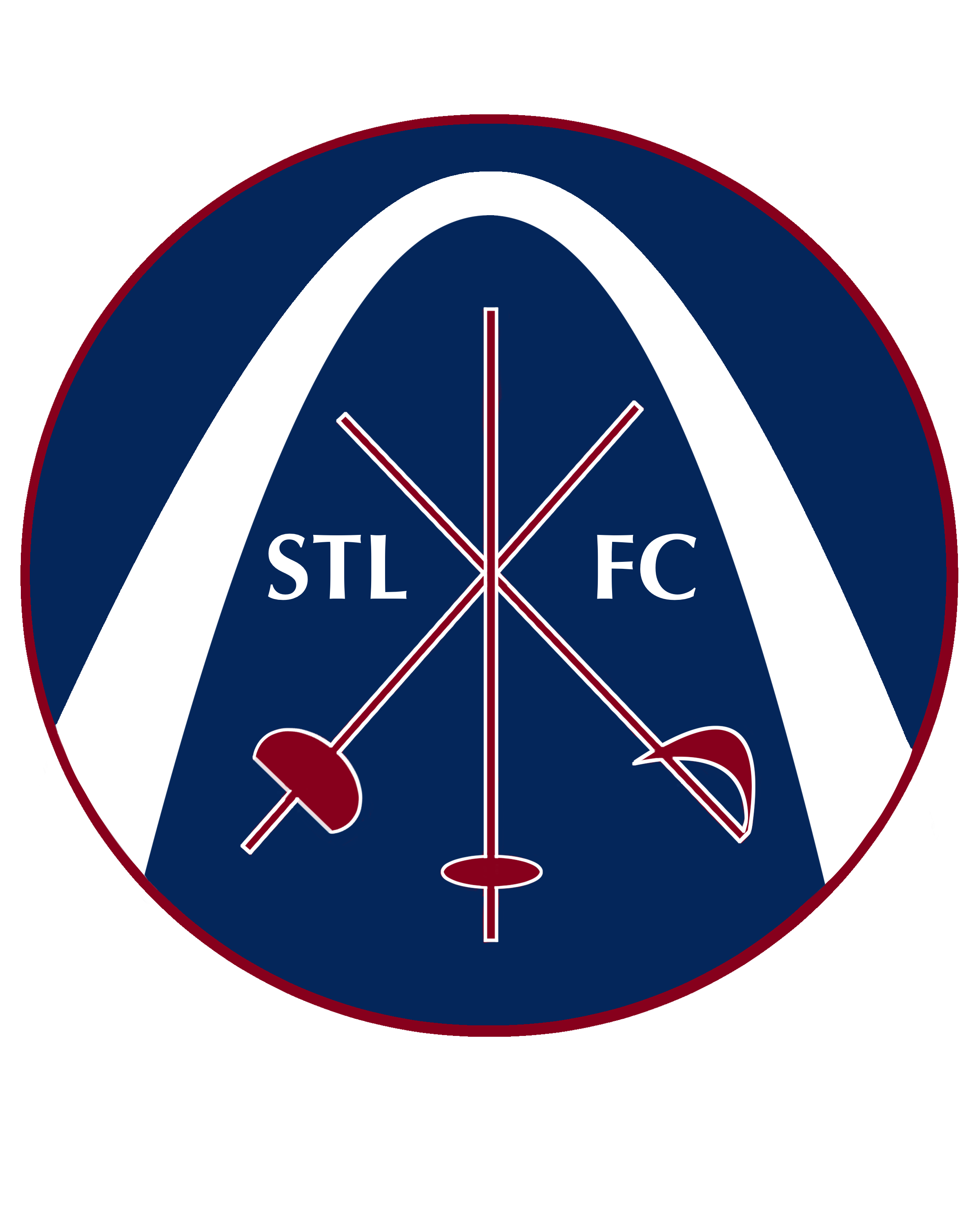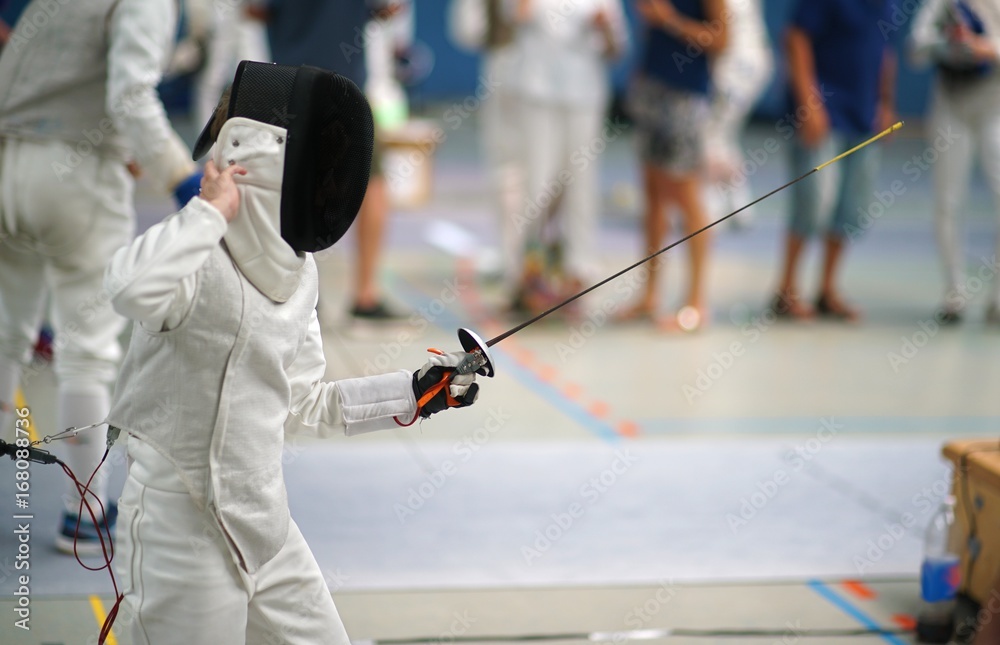When people think of fencing, they often picture swashbuckling duels between two skilled opponents. It’s easy to assume that this ancient and elegant sport is a purely individual endeavor, where fencers engage in one-on-one battles of wit and skill. While individual performance is undoubtedly a crucial aspect of fencing, the sport is, in fact, a surprisingly team-oriented activity. In this blog post, we will explore why fencing is more of a team sport than it may appear at first glance.
- Training and Coaching
Behind every great fencer, there is a dedicated team of coaches and training partners. Fencers don’t develop their skills in isolation; they rely on the expertise of their coaches to guide their progress. Coaches provide valuable insights, technical instruction, and strategic advice, helping fencers hone their abilities and develop their unique styles.
Training partners are also vital in a fencer’s journey. They simulate opponents, challenge each other, and provide essential feedback. Fencers regularly engage in sparring sessions, drilling exercises, and bouting practice with their peers. This collaborative effort allows them to improve their techniques and strategies collectively.
- Team Tournaments
Fencing competitions are not limited to individual matches. Team tournaments are a significant part of the sport, and they emphasize the collaborative nature of fencing. In team events, a group of fencers from the same club or nation work together to achieve a common goal: victory for their team. These team competitions can include both men and women, creating an inclusive environment where different fencing styles and strengths can be leveraged to gain an advantage.
- Strategic Planning
Fencing is as much a mental game as it is a physical one. Strategic planning plays a vital role in a fencer’s success. In team competitions, fencers, coaches, and team captains collaborate to develop tactical strategies. They analyze the strengths and weaknesses of their opponents, decide who will fence in which rounds, and adapt their game plan on the fly. This process requires effective communication and coordination, making it evident that fencing is not solely an individual pursuit.
- Moral Support
Competitive fencing can be mentally taxing. The pressure of performing well in front of an audience, the stress of high-stakes tournaments, and the ups and downs of individual bouts can take a toll on fencers. This is where the team comes in as a crucial source of moral support. Teammates, coaches, and even fellow fencers from different clubs offer encouragement, share experiences, and provide emotional support during the challenging moments.
- Team Building and Camaraderie
Fencing clubs often foster a sense of camaraderie and teamwork among their members. Fencers practice, travel, and compete together, forging strong bonds and a sense of belonging. These relationships extend beyond the piste, creating a supportive network of like-minded individuals who share a common passion.
Conclusion
In conclusion, fencing is far from the solitary sport it may initially seem. It’s a team-oriented activity that thrives on collaboration, cooperation, and camaraderie. The training, coaching, team tournaments, strategic planning, and moral support all highlight the importance of the team in fencing. So the next time you watch a fencing match or consider taking up the sport, remember that behind every successful fencer is a team of dedicated individuals working together to achieve greatness. Come join the team at St. Louis Fencing Club to experience it yourself!

